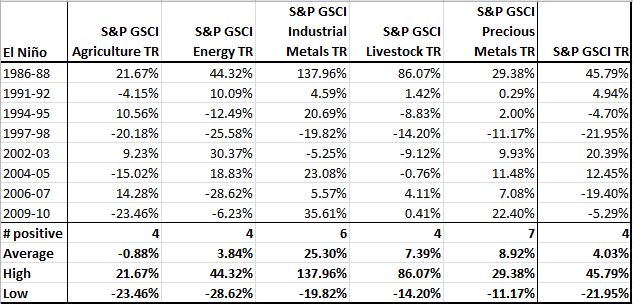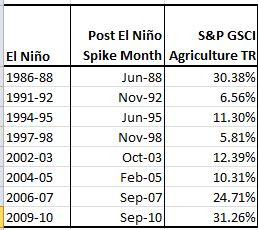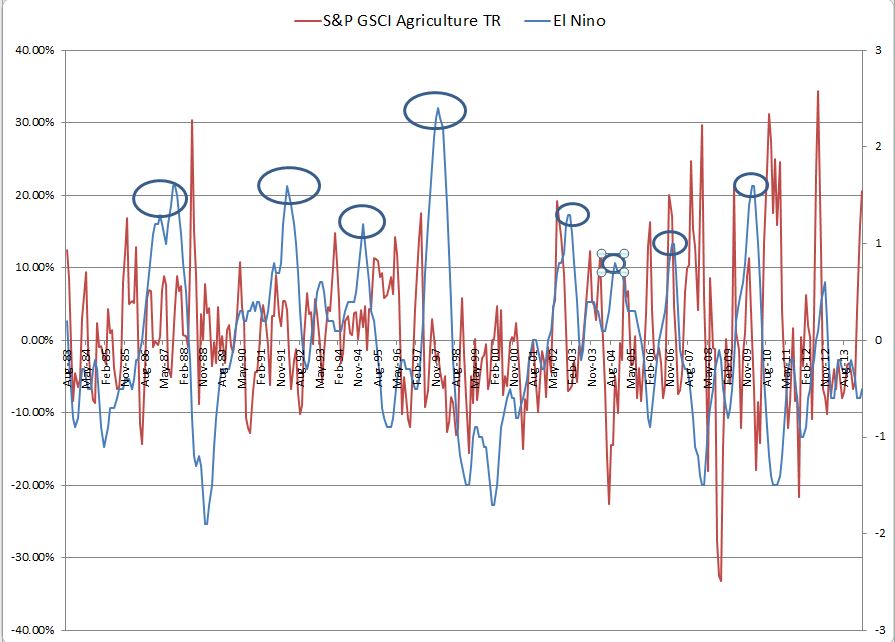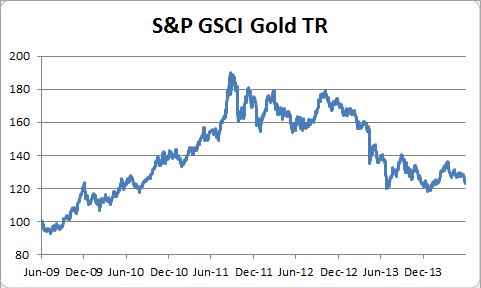The European Central Bank (ECB) announced negative interest rates. The rates apply only to certain funds that banks keep on deposit at the central bank. Negative interest rates do not apply to individuals’ bank accounts. If a bank has one million euros on deposit with the central bank, a year later it will have a thousand euros less – it will have paid interest to leave the money in the central bank. And that is exactly why the ECB is charging for holding the money – it wants banks to loan the money to businesses to encourage investment and economic recovery.
This unusual move – tried once or twice before in other countries with little result – is because the European economy is weak and prices are on the edge of falling into deflation. The ECB describes this as the logical extension of normal monetary policy: when inflation is too high, the central bank raises interest rates in an effort to deter borrowing by making it more expensive. When inflation is too low, prices are close to falling and the economy is weak, the central bank cuts interest rates. The latest reductions announced today (June 5th) pushed interest rates down with the rate for refinancing operations, similar to the Fed Funds rate in the US, at 15 bps. To keep a 25 bp spread above the rate paid on bank deposits at the ECB; the deposit rate was reduced to -10bps.
This isn’t likely to create a surge of bank lending overnight. First, the drop into negative numbers seems as much a symbolic statement as a serious plan to charge banks. Second, there are not too many immediate options for banks. They could withdraw deposits from the central bank and hold the funds as currency. The amounts are sufficiently large that where it is stored, and how it is protected, are real issues. A bank could try to deposit the funds in another bank, but this just means a lot of liquidity looking for a home. Hopefully the news of negative interest will encourage business to spend or invest once they realize that money is (almost) free, for the moment.
Deflation is both a sign of economic weakness and a real danger. In a weak, no growth economy there is no pressure on prices, little demand for most goods or services and flat to falling wages as unemployment rises. Falling prices signal spreading economic malaise. Deflation can be a greater danger – when prices fall, just about everything except for cash is worth less; cash is worth more because each dollar buys more. In effect, dollars are more expensive. A borrower needing money to repay a loan must work longer and harder to repay the loan because his labor is worth less. This debt-deflation spiral can send an economy into a deep recession or worse. This is why the ECB and others fear deflation.
The posts on this blog are opinions, not advice. Please read our Disclaimers.
















































